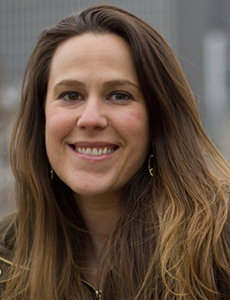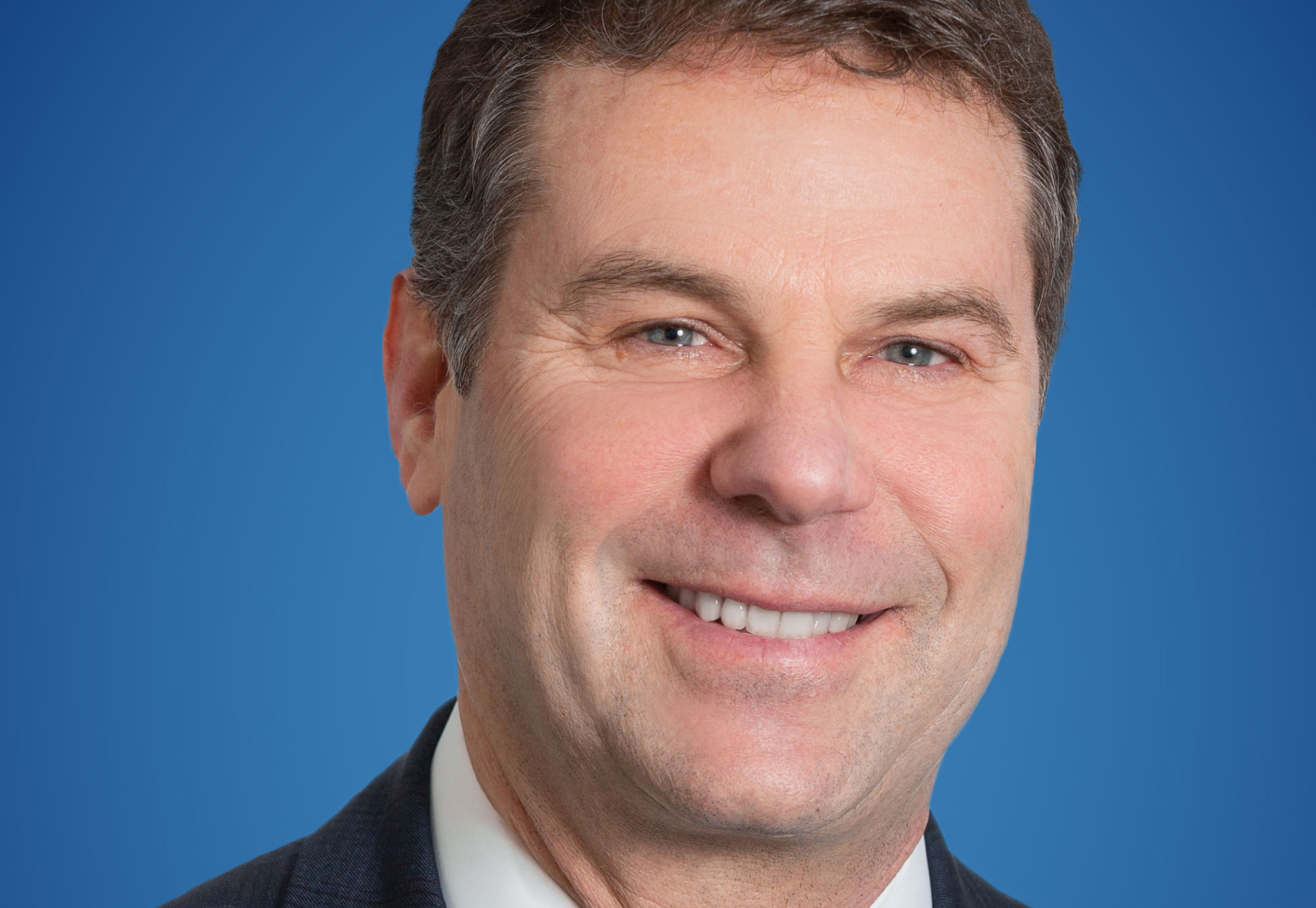In the 8th Iteration of a National Workers’ Comp Survey, Organizational Resilience Takes Center Stage. How Does Your Claims Organization Stack Up?

Rising Medical Solutions released its annual Workers’ Compensation Benchmarking Study for 2020, with a twist.
This year’s study is the first time claims leaders have had the opportunity to respond directly to the perspectives of more than 1,200 frontline claims professionals who participated in the 2019 survey.
This focus on the relationship between claims leaders and the frontline staff they supervise is one attribute of organizational resiliency this year’s study sought to highlight; the other is the response to the COVID-19 pandemic, a test of worldwide industry mettle.
The Study at a Glance
From the study’s new lines of inquiry, the 2020 survey responses quantify an expanded set of differentiators distinguishing higher performing organizations from their peers. They include:
- Advancing an advocacy-based, employee-centric claims model as a core operational strategy.
- Connecting core competencies with performance measures.
- Addressing the biggest obstacles to achieving desired claim outcomes.
- Offering career paths with growth opportunities for claims professionals.
- Incentivizing frontline claims professionals with bonuses/profit sharing.
- Addressing training needs identified by frontline claims professionals.
- Reducing compliance and administrative burden on frontline staff.
- Using analytics to improve claims resource efficiency.
- Integrating claims and medical management resources.
- Connecting return-to-work/patient functional outcomes to provider quality.
Regarding the advocacy-based claims model, an oft-cited marker of workers’ compensation’s effort to become less adversarial while simultaneously achieving better financial and individual outcomes, the survey results indicate a 30% jump from 2017 to 2020 in claims leaders’ recognition of the method.
Engaging Frontline Claims Professionals

Rachel Fikes, chief experience officer & study program director, Rising Medical
Two strategies these leaders are taking for frontline engagement are communicating leadership’s commitment to the idea and then implementing training. But there remains a significant gap between the uptake in both of those strategies.
“The gap you’re seeing in the results represents the difference between tactical change and transformational change,” said Rachel Fikes, chief experience officer & study program director with Rising.
“While both are needed to drive claims advocacy, as noted in the study report, saying that leadership is committed to advocacy is an important step, though tactical. Whereas implementing training focused on advocacy is a step towards actually transforming the claims culture.”
Another transformative element of claims culture, and one that became especially important as the COVID-19 pandemic compelled the industry to quickly stand up remote infrastructure for entire offices across the country, is the effect of technology on the daily work of frontline claims professionals.
The study explains that while the 2017 survey showed declining budgets for IT advancements across organizations, the “COVID-19 pandemic turned the tide and will likely be the catalyst to accelerate innovation, end-to-end automation, and process efficiency.”
However, a full 35% of respondents said they still don’t use analytics for claims management. According to study advisory council member Jonathan Gerdes, executive vice president of SmartCasualtyClaims, the reason behind this isn’t simply reluctance.
“I think it is the cost of the tech, the level of commitment of time and resources to identify, select and implement new tech and the fear of the unknown. And of course, there is always the ‘things are working fine right now, so why change?’ attitude,” he explained.
The Future of Remote Work in Workers’ Comp
Similarly, remote work, key to retaining talent in a post-pandemic economy struggling to hire, divided claims leaders somewhat.
While 89% of respondents said that in terms of claims operations remote work had no impact or a positive impact on productivity, they felt differently about team dynamics, with 31% reporting a negative impact. Regardless of that fact, insurance companies generally have embraced remote work to retain talent — 84% now offer it, but it may not be enough.
“Providing opportunities for remote work is only part of the solution,” said Vickie Kennedy, study advisory council member and assistant director for insurance services with the Washington State Department of Labor & Industries.
“Employees are demanding more flexibility through changes such as customized work schedules in order to improve work/life balance. But perhaps even more importantly, people want meaningful work. Insurance, including workers’ compensation, is often overly process- and task-oriented. Yet, by hiring, training, and supporting skills in worker-centric engagement and advocacy, our claims professionals can change lives for those hurt on the job to the benefit of them, their families, employers, and systems overall.”
Part of providing meaningful work that limits excessive focus on individual tasks is a reduction in case volume, an area that presents a catch-22 for organizational efficiency.
The report shows that caseloads have increased since 2017, and yet, higher performers have lower caseloads. Gerdes explained the persistent issue.
“The main driver in increased caseloads is the industry’s continued push to drive costs lower, based on what is now a 10-plus year soft market,” he said.
“The biggest ‘cost’ in a claims organization is salaries. It seems easy to look at an organizational chart and eliminate 10 adjusting positions, saving the organization $750,000 in salary and benefits and we can move their pending to everyone else, only increasing the average pending by 20 or some such math. It doesn’t factor in the ability, and ongoing willingness, of an operation to maintain the same level of commitment to delivering superior customer service. In many situations, higher performers have lower caseloads based on their ability to manage their pending as opposed to allowing their pending to manage them.”
As future studies are released, the push and pull between claims leaders and frontline professionals will continue to be developed, but in a year which has tried the resiliency of whole governments down to individuals, workers’ compensation has endured.
“The annual Benchmarking study continues to be a collaboration for, and with, the industry,” Fikes said.
“The fact that survey takers are willing to share both their best practices and challenges is something we do not take for granted. It is through this transparency that we’re able to quantifiably show what’s driving better outcomes and we can work together to advance the industry as a whole.” &










